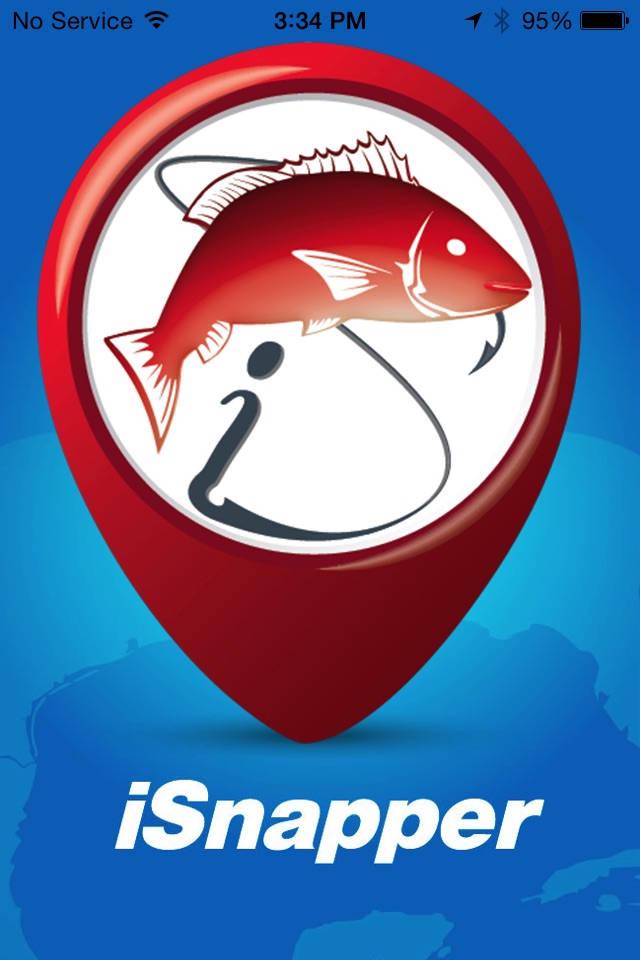
iSnapper
Red Snapper is one of the most highly targeted species in the northern Gulf of Mexico. Since the 1980’s, this fishery has been listed as overfished, and anglers have seen continued drastic reductions in both season and bag limits. Despite the stock being classified as overfished, the population is recovering rapidly, and anglers are seeing more Red Snapper than ever. Anecdotal and stock assessment reports both indicate higher abundances of snapper, but these reports continue to be met with reductions in season length. This unique enigma has led to heated conflicts regarding allocation among user groups in the fishery. Much of the concern could be allayed with better data. The National Marine Fisheries Service has been attempting to solve this problem by improvements to and recalibrations of the recreational data survey process, but the uncertainty of recreational catches continues to be a problem. The uncertain and somewhat unpredictable recreational catch rates force managers to build in large buffers to prevent overfishing, and these measures lead to even shorter seasons.
A major challenge to improving season length and alleviate some of this controversy is the need for collection of timely catch data from the recreational fishing sector. While the Marine Recreational Information Program (MRIP) has made significant improvements to the recreational data reporting process, there is still a need for rapid in-season and near real-time data collection including the possibility of new alternative management strategies (e.g., regional management of Gulf Red Snapper).
With more accurate data, the buffers incorporated in the catch projections to reduce the risk of overfishing could be reduced or perhaps eliminated, providing a greater amount of fish to be harvested and days in the season. The iSnapper mobile application is a unique opportunity to provide better data that will work in combination with current MRIP survey protocols to provide a supplementary means of rapid in-season (and out of season) catch information that would otherwise be impossible. In addition to catch statistics, this “modern” electronic logbook reporting mechanism will generate data for parameters that are typically difficult to collect (e.g., fish discard rates, depths fished, better effort estimates, and socioeconomic parameters) to optimize a fishery’s full potential from both a harvest and economic perspective. The field of electronically collected and self-reported data certainly faces challenges; however, this app has the ability to overcome many of these obstacles while generating real-time, validated, and usable data for fisheries managers – something needed by everyone to improve access to the Red Snapper fishery.
This application was developed as a result of research conducted at Texas A&M University-Corpus Christi. Learn more about the Island University by visiting us at www.tamucc.edu.



